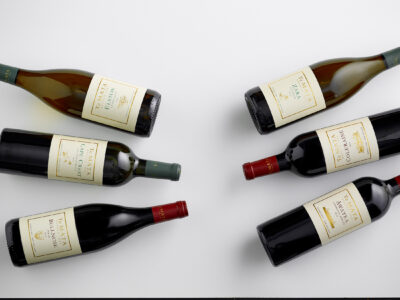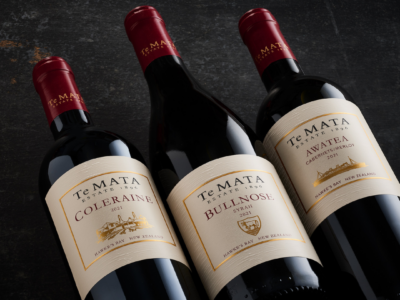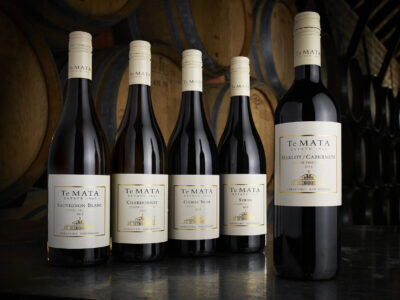Vintage 2003
2003 produced small crops in New Zealand due to a cool, frosty spring. Hawkes Bay had its share of this weather although Te Mata was fortunate enough to escape largely unscathed. With the exception of low crops for Chardonnay and Merlot our growing season was quite normal in every respect. Summer was dry, with only
Read More




